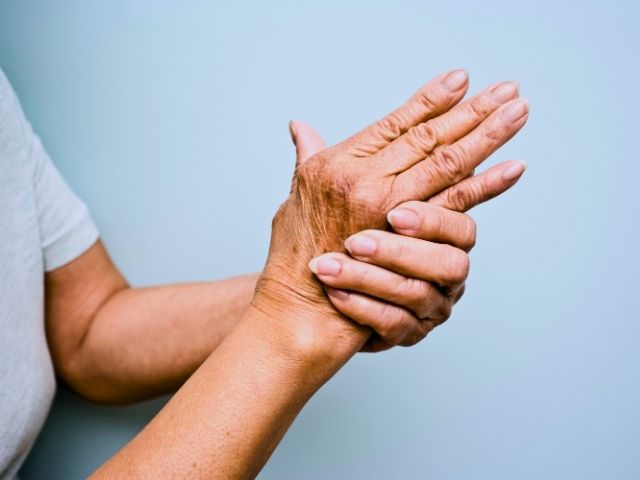Therapeutic nursing interventions are actions nurses take to provide care for the patient’s overall well-being and address any issues that may arise during recovery. It does not mean that therapeutic nursing interventions are more critical than medicinal ones but that they support medicine and more traditional care.
Due to this, it entails ensuring not just that the patient is comfortable but that symptoms will be alleviated, decreasing the pain being experienced, and helping the nurses typically have a holistic outlook on healthcare, meaning their primary goal is to improve the patient’s quality of life as opposed to seeking just healing of the illness or injury.
These nursing interventions do not necessarily speed the process of the healing process; however, they will alleviate symptoms, decrease the pain experienced, and help to heal; however, they will alleviate symptoms, decrease the pain being experienced, and help to make patients feel empowered and a part of their healthcare journey.
In the 21st century, terms such as “therapeutic” or “holistic” can have negative effects. During the late 1800s and early 1900s, doctors sold medicines that claimed to be therapeutic and heal any ailment a person may suffer from.
In the modern day, many sellers of holistic remedies will sell completely ineffective medicines while testifying to their effectiveness. However, while these words may have a negative effect on some outside the medical world, these two words have a very clear and useful meaning.
Nurses who strive to provide therapeutic and holistic care are focused on healing the entire patient as opposed to simply stabilizing the patient after their surgical treatment.
One of the first nurses to recognize the importance of healing the whole patient was Florence Nightingale, who identified that while someone shot with a bullet needs the bullet removed, this act will not cure someone.
She recognized that the job of nursing was to put the patient in the best position for nature to heal them. This would include addressing any problems the patient has physically, emotionally, or mentally while healing from the physical wound.









